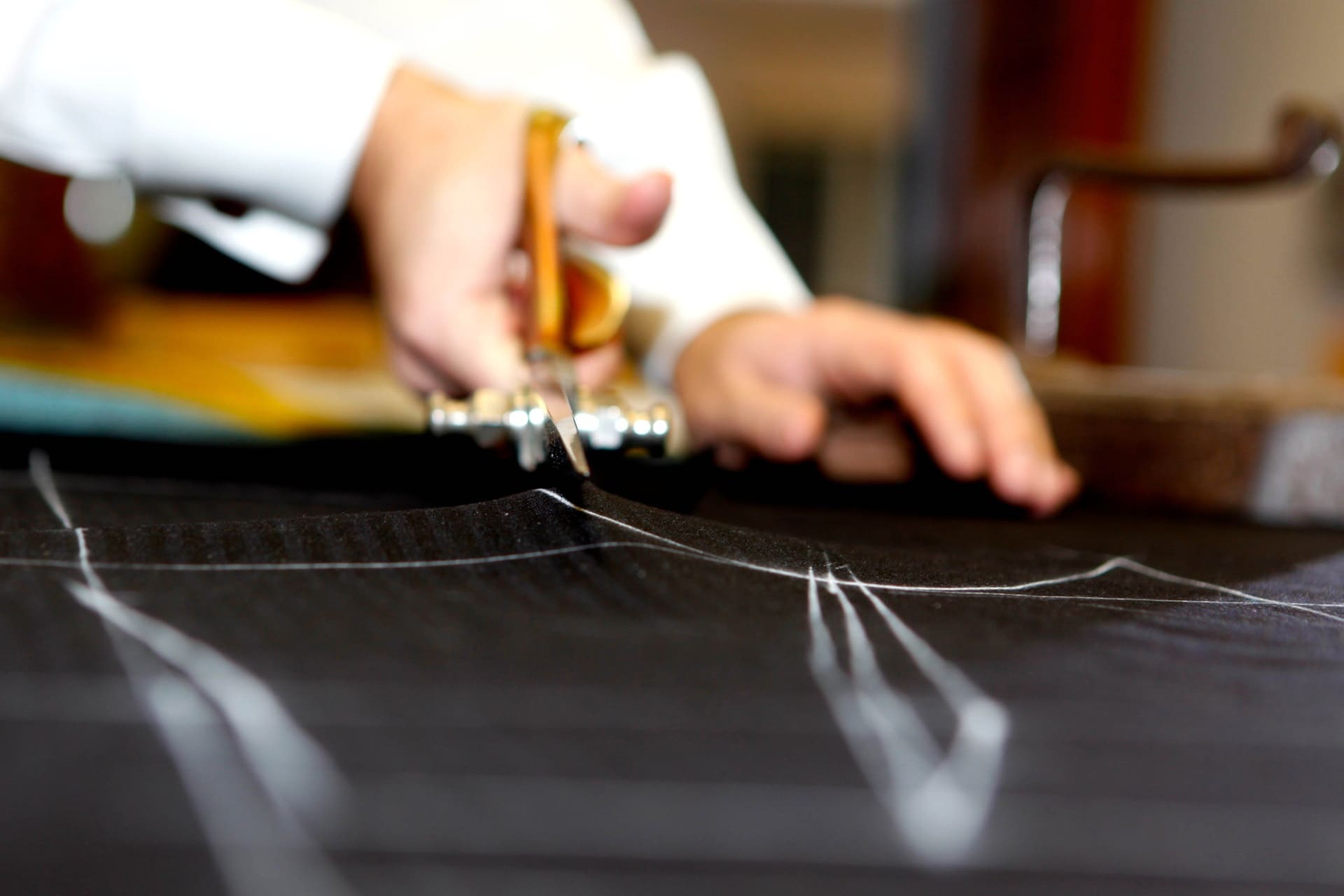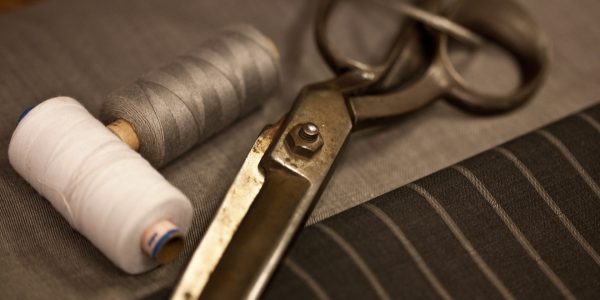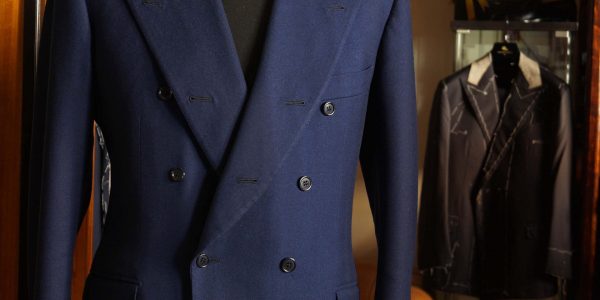
The term tailoring derives from the Latin sartor, whose tradition is mender. Consequently, in the trees of his figure, the tailor was a craftsman who patched and mended clothes. This noble art has its roots in the Middle Ages, between the thirteenth and fourteenth centuries, coinciding with the birth of fashion, a phenomenon of such extrinsic importance as to be capable of producing effects especially in the economic and social sphere, distinguishing the various classes a depending on the quality of their clothing. It is precisely in this period that the professional figure of the tailor emerges, a craftsman capable of fulfilling the needs and demands of customers, who are increasingly eager for garments that could identify them in a specific social class.
The art of tailoring has always been handed down from generation to generation; the more a tailor worked and increased his experience, the more beautiful and refined were his works. There has never been a specific doctrine, but only passion, a lot of work and tricks of the trade transmitted over the years. To be fair, there was an important training period when, in 1575, Pope Gregory XIII founded the University of Sartori in Rome where young future tailors went to learn the trade in exchange for a payment, to the State Papal, of an annual fee of 20 scudi and 20 pounds of worked wax.
Although in the common imagination, as it should be, the Italian man is the perfect image of style and savoirfaire, but we have to wait for the years of the economic boom to be able to speak with certainty of “Italian class”. In fact, during the Kingdom of Italy, the clothes that were commissioned to the tailors were inspired by the English model: heavy and rough fabrics, checked patterns and very British colors such as brown and green. Only in the 1950s did the international recognition of the concept of Italian fashion materialize. The onset of the phenomenon of industrialization led to the birth of the first textile factories and tailoring shops had to innovate to keep up, having a wide range of fabrics to focus on, which guaranteed easier manual skills and better product quality. finished, thanks to the ability to make every fold of the dress fit naturally and adapting it to the client’s build.
These are the years of Marcello Mastroianni and Vittorio de Sica, who with their iconic class, launched the idea of an Italian style linked to beautiful dressing and the care of one’s image.
Towards the end of the nineties the Made in Italy label was born that still today distinguishes Italian fashion: tailoring enthusiasts, young artisan dreamers and business men from all over the world nowadays go to Italy to make some rigorous double-breasted or to learn the noble art. But a modern tailoring, by now, is not limited to the manufacture of tailor-made clothes as the artisans who work there are increasingly prepared and attentive to the demands of customers. Entering a tailor’s shop today means being “pampered” in choosing the right fabrics for the required suit, from taking the measurements to stylistic advice and final creation.




